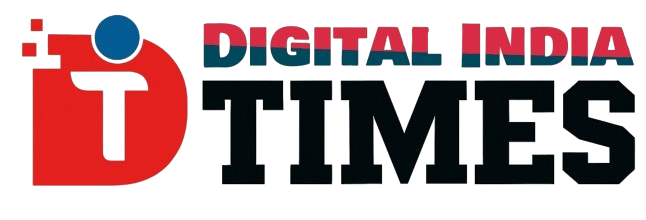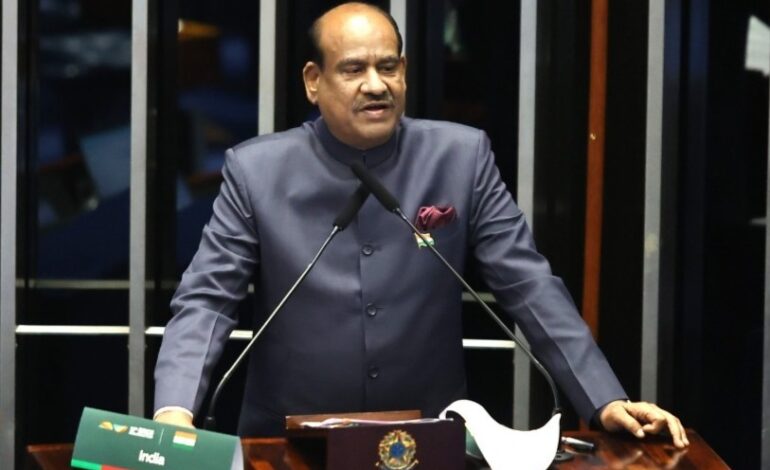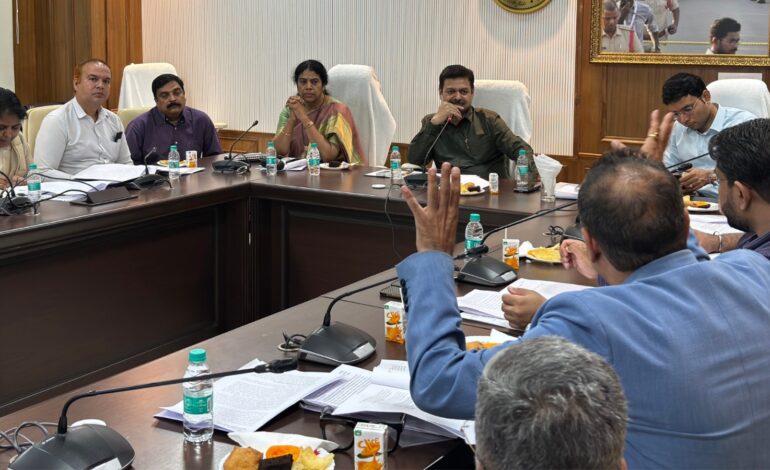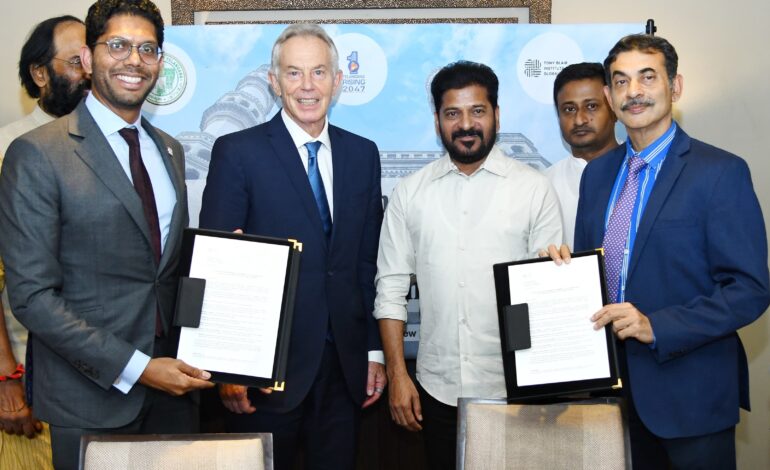Govt Revises SO₂ Emission Norms for Thermal Power Plants, Emphasizes Techno-Economic Feasibility and Public Burden
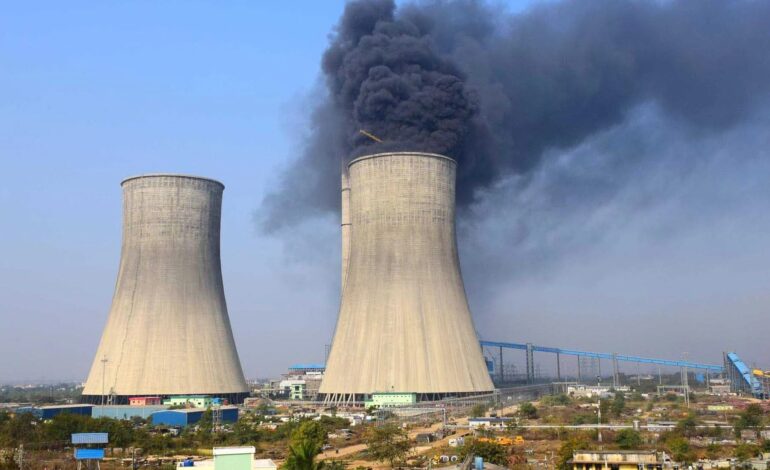
The ministry reaffirmed its commitment to balanced environmental regulation, considering public health, economic feasibility, and technological readiness, while ensuring progress on clean air targets nationwide.
New Delhi, August 5: The Ministry of Environment, Forest and Climate Change (MoEFCC) has revised the timeline and applicability of Sulphur Dioxide (SO₂) emission standards for coal/lignite-based Thermal Power Plants (TPPs), citing techno-economic challenges, environmental trade-offs, and limited impact of SO₂ emissions on ambient air quality beyond a 10-kilometre radius.
In a written reply to the Lok Sabha on Monday, Union Minister of State for Environment, Forest and Climate Change Kirti Vardhan Singh informed that the updated norms, notified via GSR 465(E) dated 11 July 2025, were finalised after a comprehensive review of representations from stakeholders and scientific studies on SO₂ dispersion and its contribution to regional air quality.
Key Highlights:
- Revised Compliance Deadlines:
- Category A TPPs: Deadline extended to 31 December 2027
- Category B TPPs: Deadline extended to 31 December 2028
- Category C TPPs: Must comply with stack height norms (as per 1990 rules) by 31 December 2029
- FGD Implementation Status:
- Flue Gas Desulfurization (FGD) systems have been installed in 49 units (25,590 MW) capacity.
- Scientific Basis for Relaxation:
- Studies found low ambient SO₂ concentrations around plants with adequate stack heights.
- Dispersion modelling showed negligible impact beyond a 10 km radius of TPPs.
- Emphasis placed on resource conservation, reduced water and power use, and avoiding increased CO₂ footprint from FGD operations.
- Environmental Compensation:
- TPPs failing to comply within prescribed timelines will face environmental compensation charges.
- Stack Height Mandate:
- All TPPs, regardless of category, must adhere to stack height norms as per GSR 742(E) dated 30 August 1990, even if SO₂ norms are relaxed.
Broader Air Quality Measures Under NCAP
The Minister also highlighted the progress of the National Clean Air Programme (NCAP), launched in 2019 to reduce particulate pollution (PM2.5) by up to 40% or meet the national standard of 60 µg/m³ by 2025-26.
- 130 non-attainment cities identified for targeted interventions.
- Source Apportionment Studies confirmed major PM2.5 contributors: industries, transport, road dust, biomass burning, and construction.
NCAP Interventions Include:
- PRANA portal for real-time monitoring.
- Swachh Vayu Survekshan to rank cities.
- Promotion of e-mobility, BS-VI fuels, and vehicle scrapping.
- Industry-specific emission standards notified for 80+ sectors.
- Enforcement through State Pollution Control Boards under Air Act, 1981.
The ministry reaffirmed its commitment to balanced environmental regulation, considering public health, economic feasibility, and technological readiness, while ensuring progress on clean air targets nationwide.
